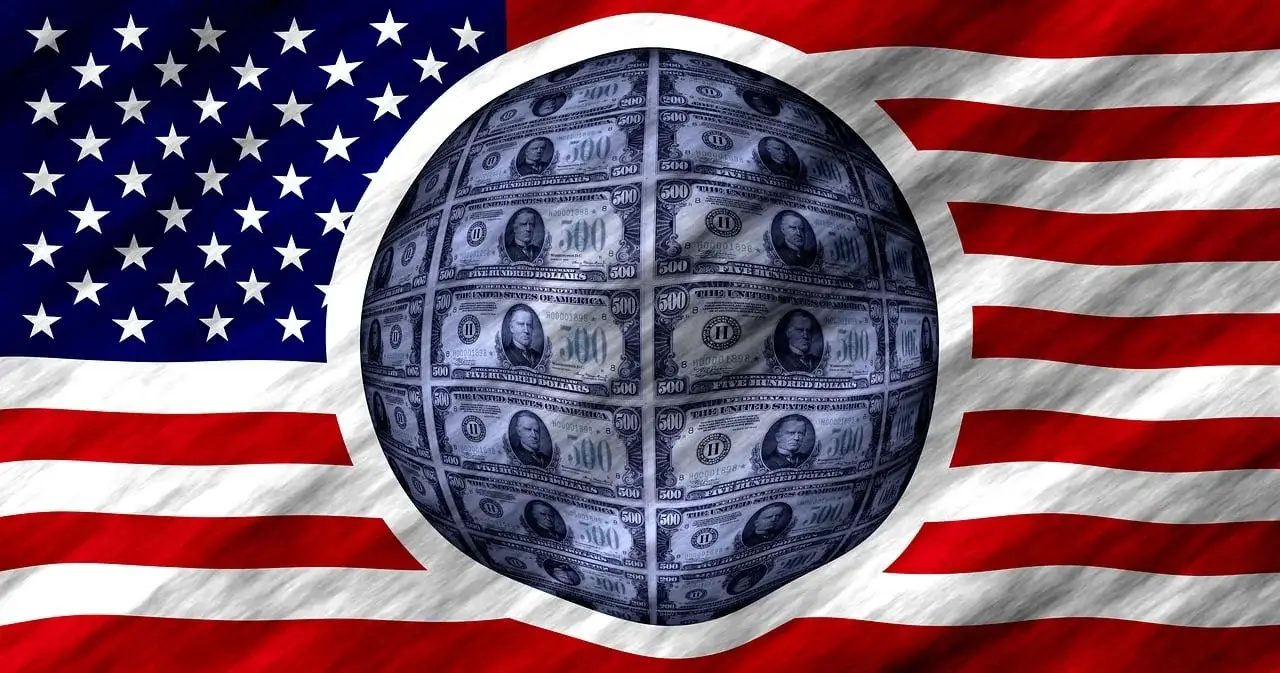Inflation Remains Above Fed’s Target as Market Watches for Policy Shifts
31.01.2025 15:52 1 min. read Alexander Zdravkov
The latest inflation data suggests price pressures are persisting, with the Federal Reserve’s preferred metric rising as expected in December but still exceeding its 2% goal.
The core Personal Consumption Expenditures (PCE) index, which excludes volatile food and energy costs, increased by 0.2% from November—matching market forecasts and slightly above the previous month’s 0.1% gain.
Over the past year, core inflation remained at 2.8%, while overall PCE inflation edged up to 2.6% from 2.4% in November.
This update comes shortly after the Fed opted to pause its rate-cutting cycle following three consecutive reductions. Chair Jerome Powell acknowledged that inflation is still “somewhat elevated,” signaling that the central bank is waiting for further data before adjusting its policy stance.
With economic policies in flux, analysts believe the Fed is holding off on major moves until there is more clarity on trade and fiscal developments. Powell pointed to potential shifts in tariffs, immigration policies, and regulatory measures as key variables influencing inflation trends.
Further uncertainty looms as President Trump has announced plans to introduce a 25% tariff on imports from Mexico and Canada starting February 1. Economists warn that such measures could prolong inflationary pressures, complicating the Fed’s path forward.
-
1
U.S. Fiscal Alarm Bells Ring as Debt Soars and Economists Call for Safe Havens
24.05.2025 9:00 2 min. read -
2
Dollar Decline on the Horizon as Fed Pivot Looms, Morgan Stanley Warns
26.05.2025 17:00 1 min. read -
3
Robert Kiyosaki Warns of Economic Breakdown, Calls Bitcoin a Lifeline
28.05.2025 16:00 1 min. read -
4
Robert Kiyosaki Warns of Deepening Financial Crisis, Urges Shift to Bitcoin and Precious Metals
03.06.2025 17:00 1 min. read -
5
Trump Reignites Trade War, Accuses China of Breaking Deal
30.05.2025 18:00 1 min. read
Will Japan’s Central Bank Spark a Crypto Rally?
The Bank of Japan (BOJ)’s upcoming monetary policy meeting, set for June 16–17, could be the next major catalyst for global risk assets, including stocks and cryptocurrencies like Bitcoin.
Economist Who Called 1987 Crash Warns Markets Face Growing Risk
Mark Skousen, the economist who foresaw the 1987 market collapse, believes the current financial environment is entering a precarious phase.
Dollar Dominance Fades: Asia Turns to Local Currencies and BRICS Bloc
Across Asia, the U.S. dollar is rapidly losing ground as countries intensify efforts to reduce reliance on the greenback.
JPMorgan Warns U.S. Economy May Be Slowing Behind the Headlines
Despite encouraging job numbers on the surface, JPMorgan Chase’s chief global strategist David Kelly says the U.S. economy is quietly losing momentum.
-
1
U.S. Fiscal Alarm Bells Ring as Debt Soars and Economists Call for Safe Havens
24.05.2025 9:00 2 min. read -
2
Dollar Decline on the Horizon as Fed Pivot Looms, Morgan Stanley Warns
26.05.2025 17:00 1 min. read -
3
Robert Kiyosaki Warns of Economic Breakdown, Calls Bitcoin a Lifeline
28.05.2025 16:00 1 min. read -
4
Robert Kiyosaki Warns of Deepening Financial Crisis, Urges Shift to Bitcoin and Precious Metals
03.06.2025 17:00 1 min. read -
5
Trump Reignites Trade War, Accuses China of Breaking Deal
30.05.2025 18:00 1 min. read


